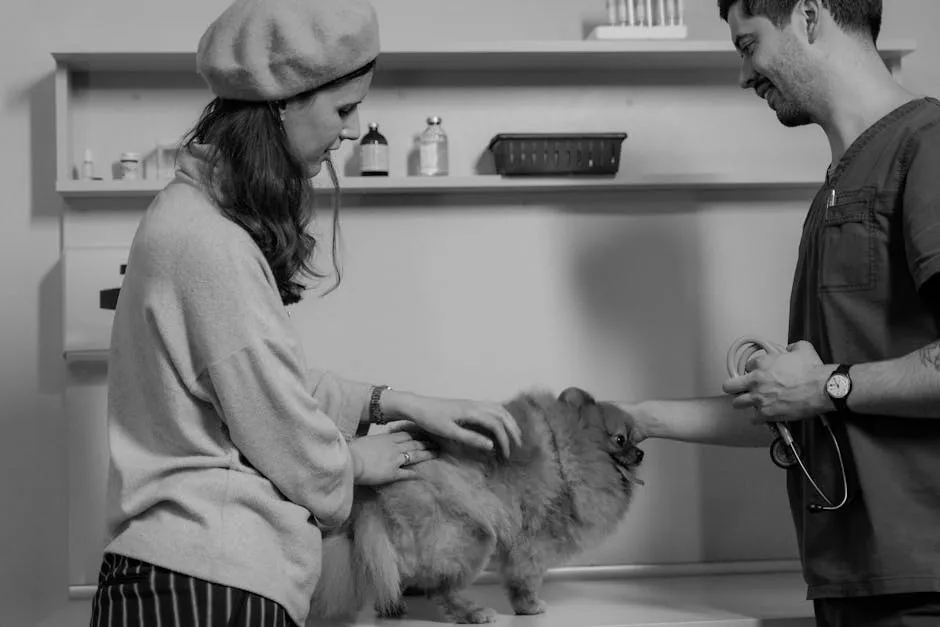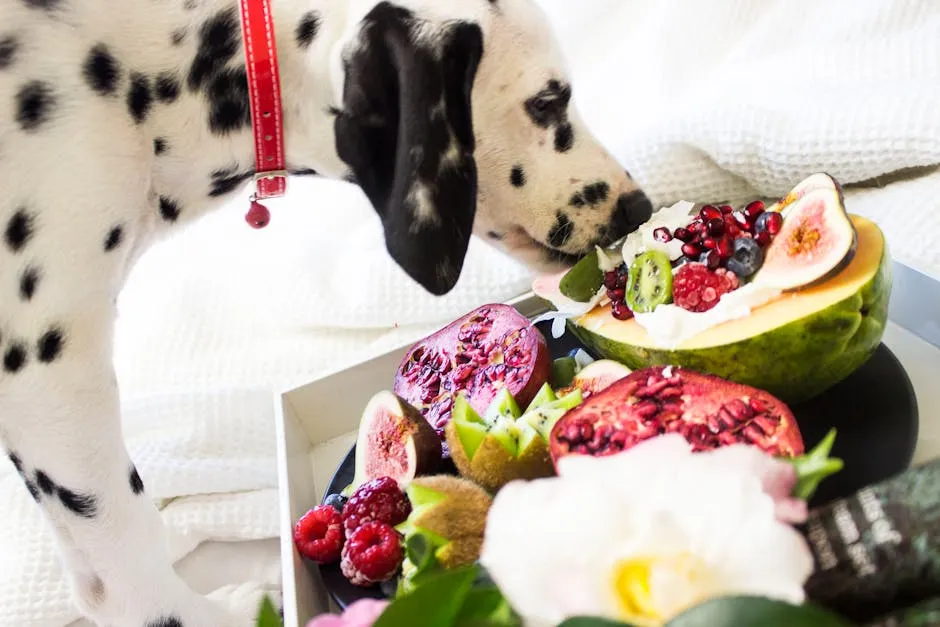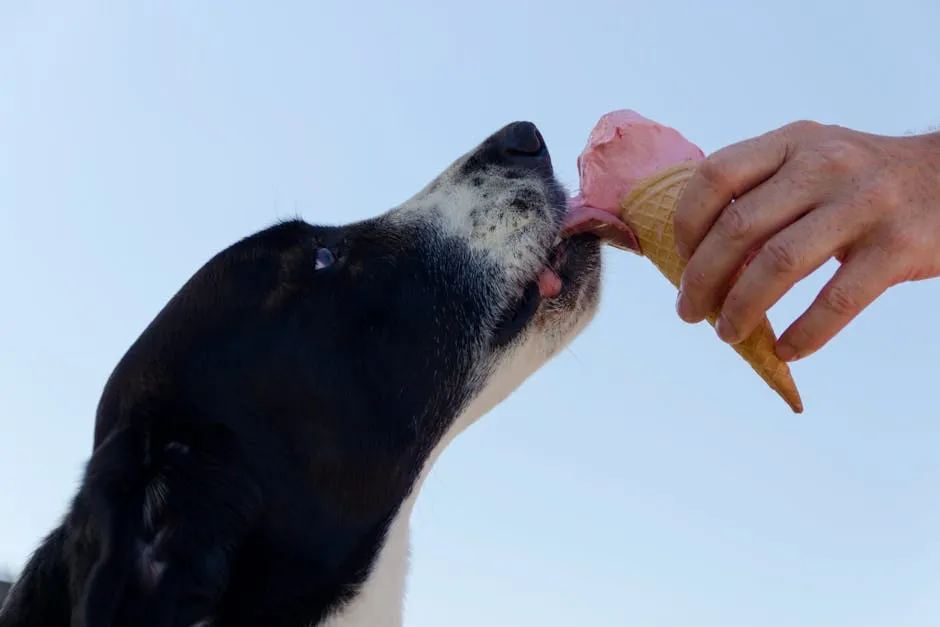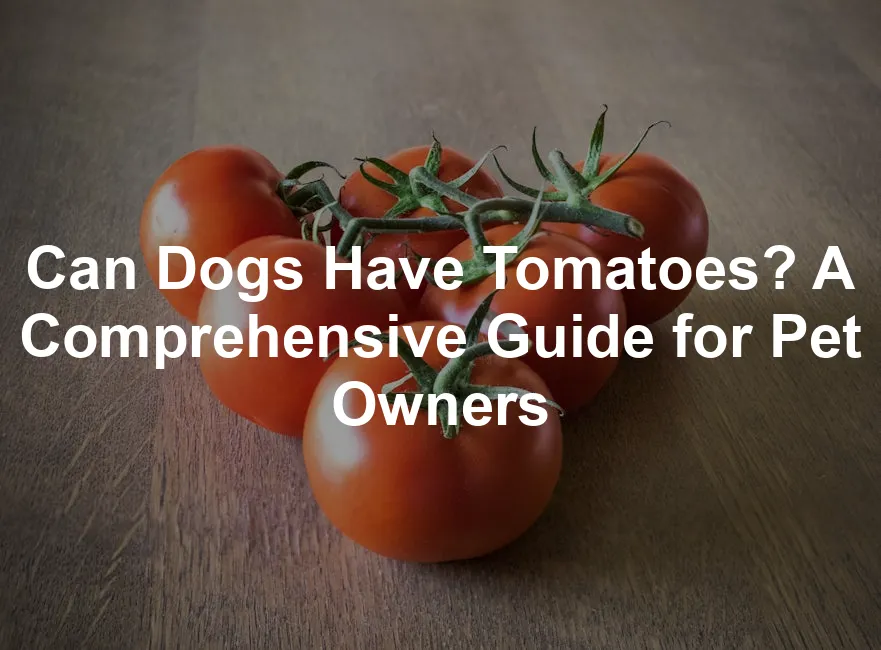Introduction
In a world filled with tantalizing tastes and tempting treats, it’s hard not to wonder if our furry friends can join us at the dinner table. One of the most common questions that dog owners ask is, “Can dogs have tomatoes?” These juicy red fruits are beloved by many, but do they pose a risk to our canine companions? While ripe tomatoes can be a delightful snack for dogs, caution is essential.
Ripe tomatoes are non-toxic to dogs and can provide some health benefits. They’re rich in vitamins A, C, and K, plus they pack a punch of antioxidants. However, not all tomato parts are safe. Unripe tomatoes, alongside the stems and leaves, contain solanine, a compound that can be toxic to our furry pals.
The confusion often arises from the tomato plant’s association with the nightshade family. Many dog owners may mistakenly believe that tomatoes are harmful overall. But as we peel back the layers (pun intended), we can see that ripe tomatoes can be a healthy addition to your dog’s diet—if given sparingly.
So, how do we navigate this tomato terrain? This article will explore the benefits and risks of feeding tomatoes to dogs, ensuring you can make informed choices for your pet’s health. We’ll also share tips on how to safely introduce tomatoes into your dog’s diet and what to watch out for. After all, sharing a snack with your pup should be a joy, not a cause for concern.
By the end, you’ll feel empowered to treat your furry friend without compromising their well-being. Get ready to learn about the juicy goodness of tomatoes and how they can fit into your dog’s diet. Your four-legged buddy might just be begging for a taste!

Risks of Feeding Tomatoes to Dogs
Feeding your dog tomatoes can be a slippery slope. While ripe tomatoes can offer some health benefits, not all parts of the tomato plant are safe. Let’s break down the risks that come with feeding tomatoes to our canine companions.
Tomatine poisoning is the primary concern when it comes to tomatoes. This condition arises from ingesting parts of the tomato plant that contain tomatine, especially unripe tomatoes, stems, and leaves. Symptoms of tomatine poisoning can vary. They may present as lethargy, vomiting, or diarrhea. In severe cases, dogs can experience tremors, seizures, and even cardiac issues. So, if your pup decides to munch on those green tomatoes, it’s time for a trip to the vet!
But wait, there’s more! Allergic reactions can also occur, albeit rarely. Some dogs might develop hives or experience respiratory issues after eating tomatoes. If your pup starts coughing or wheezing, that’s a red flag! Additionally, feeding dogs too many tomatoes can lead to gastrointestinal issues, such as upset stomach or diarrhea. Always keep an eye on your furry friend after introducing any new food into their diet.
Now, if you’re looking to treat your pup while ensuring their health, consider giving them dog treats that are specially formulated for canine nutrition. They can satisfy your dog’s cravings without the risks associated with sharing human food.

Signs of Tomatine Poisoning
Common Symptoms to Watch For
If you suspect your dog has ingested toxic parts of the tomato plant, pay close attention to their behavior. Common symptoms include:
- Lethargy
- Vomiting
- Diarrhea
- Muscle weakness
- Tremors
- Loss of coordination
- Hypersalivation
- Dilated pupils
The severity of these symptoms often depends on the amount ingested. Small dogs or puppies are at a higher risk due to their size. A few bites of a ripe tomato may not cause any issues, but a large quantity or parts of the plant can lead to serious health concerns.

What to Do If You Suspect Poisoning
If you notice any of these symptoms after your dog has eaten tomatoes or parts of the plant, it’s crucial to act quickly. Here’s what you should do:
- Contact Your Veterinarian: Call your vet immediately for guidance. They may ask about symptoms and the quantity consumed.
- Monitor Your Dog: Keep an eye on your dog’s behavior. Note any changes or worsening symptoms.
- Prevent Further Access: Ensure your dog cannot access tomato plants in your garden or kitchen.
To prevent accidental ingestion, consider fencing off your garden. Keep tomatoes stored safely out of reach. Monitoring your dog while cooking is also a great idea. Prevention is key to keeping your pet safe!

How to Safely Share Tomatoes with Your Dog
Preparation Tips
If you’re keen on sharing tomatoes with your dog, preparation is essential. Follow these tips to ensure a safe experience:
- Choose Ripe Tomatoes: Only offer ripe, red tomatoes. Avoid any green parts, which contain toxins.
- Remove Stems and Leaves: Make sure all green parts are removed before serving.
- Cut into Small Pieces: Chop tomatoes into bite-sized pieces to prevent choking hazards, especially for smaller dogs.
- Start Small: Begin with a small portion to see how your dog reacts. Adjust the amount based on their size and tolerance.
When it comes to portion sizes, moderation is vital. A general rule is to keep treats, including tomatoes, to about 10% of your dog’s daily caloric intake. By following these guidelines, you can safely share the deliciousness of ripe tomatoes with your furry friend while keeping their health in check.
If you’re looking to enhance your dog’s dining experience, consider investing in a dog bowl that suits their needs. A high-quality bowl can make mealtime more enjoyable and help with portion control.

Alternative Tomato Varieties
When it comes to sharing tomatoes with your dog, not all varieties are created equal. Let’s highlight the safe options and steer clear of those that could cause trouble.
Safe Choices: Cherry Tomatoes and Cooked Tomatoes
Cherry tomatoes? Yes, please! These bite-sized delights are not only safe but also a fun treat for your pup. Just make sure they’re ripe and served in moderation. They’re like nature’s candy for dogs! You can find organic cherry tomatoes that are perfect for sharing.
Cooked tomatoes are another safe option. Cooking can make them easier to digest, but be careful! Always prepare them plain, without any spices or additives. No dog wants a side of garlic or onion—those are strictly off the menu.
Tomato-Based Products to Avoid
Now, let’s talk about what to avoid like the plague. Tomato sauces, soups, and ketchup are a big no-no. Why? Because they often contain harmful ingredients like garlic and onion, which can lead to digestive distress or worse. Plus, many processed tomato products are loaded with salt and sugar. Not exactly a healthy choice for your furry friend!
Stick to fresh, ripe tomatoes, and keep those processed products out of reach. Your dog will thank you for it!

Other Fruits and Vegetables Dogs Can Eat
Dogs love variety just like we do! While tomatoes can be a tasty treat, many other fruits and veggies are safe for your furry friend. Here’s a list to get you started on healthy snacking:
- Apples (remove seeds and core)
- Bananas (in moderation)
- Blueberries (antioxidant-rich)
- Carrots (great for teeth)
- Cucumbers (refreshing and low-calorie)
- Green beans (full of fiber)
- Peas (packed with vitamins)
- Pumpkin (aids digestion)
- Sweet potatoes (nutritious and filling)
- Watermelon (seedless and hydrating)
Moderation is key! While these fruits and veggies are generally safe, always introduce new foods slowly to avoid any tummy troubles. Start with small portions and watch for any reactions.
Preparation matters too! Always wash fruits and veggies thoroughly. For harder options, cut them into small, manageable pieces to prevent choking.
Remember, treats shouldn’t exceed 10% of your dog’s daily caloric intake. So, while it’s tempting to share, keep it balanced and healthy. Your dog will enjoy the variety, and you’ll be giving them a nutritious boost!
And speaking of nutritious boosts, consider growing your own veggies! An organic vegetable seeds kit can be a fun project for you and a delicious source of healthy snacks for your dog.

Conclusion
In conclusion, ripe tomatoes can be a safe and nutritious treat for dogs when introduced properly and offered in moderation. However, it’s crucial to be aware of the toxic parts of the tomato plant and to monitor your dog for any adverse reactions. Always consult your veterinarian before adding new foods to your dog’s diet to ensure their health and safety.
By understanding how to safely incorporate tomatoes into your dog’s meals, you can enjoy sharing this delicious fruit with your furry friend while keeping them healthy. Remember, a little goes a long way! So whether it’s a cherry tomato or a slice of cooked tomato, treat your pup to a taste of this vibrant fruit without compromising their health. Enjoy those moments of sharing delicious food—it’s what pet parenting is all about!

FAQs
Can dogs eat cherry tomatoes?
Absolutely! Cherry tomatoes are safe for dogs, but moderation is key. These bite-sized delights are ripe and juicy, making them a fun snack for your furry friend. Just remember to serve them without the stems and leaves. Also, cut them in half to prevent choking. Your pup will love the taste!
Can dogs eat tomato sauce?
Nope! Tomato sauce is a definite no-go for dogs. It often contains ingredients like garlic and onion, which can be toxic. Plus, many sauces are loaded with salt and sugar. So, skip the marinara and stick with fresh, ripe tomatoes instead. Your dog will be much happier and healthier!
Can dogs eat cooked tomatoes?
Yes, dogs can enjoy cooked tomatoes, but keep them plain. No spices, salt, or additives! Cooking can make tomatoes easier to digest, and they still pack a nutritional punch. Just ensure you remove all green parts before serving. It’s like a simple gourmet meal for your pup!
What should I do if my dog eats a tomato plant?
If your dog munches on a tomato plant, don’t panic! First, consult your veterinarian immediately. They’ll assess the situation and guide you on the next steps. It’s always better to be safe than sorry, so keep a close eye on your pup for any unusual behavior.
Are there any fruits dogs should avoid?
Yes, there are several fruits that dogs should steer clear of. Grapes and raisins are particularly dangerous, as they can cause kidney failure. Other fruits to avoid include cherries (due to their pits), avocados (which contain persin), and citrus fruits like lemons and limes (which can upset their stomach). Stick to safe options like apples, blueberries, and bananas instead! Your dog will thank you with wagging tails and happy barks.
Can Dogs Eat Tomatoes?
Overview of Tomato Safety
When it comes to sharing our food with our furry companions, tomatoes can spark quite the debate. The short answer? Yes, dogs can eat ripe tomatoes! These juicy fruits are generally safe in moderation. However, not all tomato parts are friendly for our pups.
Unripe tomatoes, along with the stems and leaves, harbor a nasty little compound known as solanine. This toxin can lead to tomatine poisoning, which is no fun for your dog. Symptoms can include vomiting, diarrhea, and lethargy. To keep your dog safe, stick to ripe, red tomatoes and avoid the green parts.
So, how do you ensure your dog enjoys tomatoes without the risk? Always remove stems and leaves. Cut the ripe tomatoes into small, manageable pieces to prevent choking. Think of it as a mini tomato feast for your furry friend—minus the danger!

Nutritional Value of Tomatoes
Ripe tomatoes aren’t just tasty; they boast a treasure trove of nutrients. These vibrant fruits are packed with vitamins A, C, and K, which are fantastic for your dog’s immune system. Vitamin C is a powerhouse for fighting off illnesses, while vitamin A supports healthy vision. The potassium in tomatoes helps with muscle function, too.
Let’s not forget the fiber! It’s crucial for digestion and can help keep your pup’s tummy happy. Antioxidants found in tomatoes, like lycopene, are fantastic for reducing inflammation and promoting overall health. In short, ripe tomatoes can be a delightful and nutritious treat for your dog—when served right!
All images from Pexels





